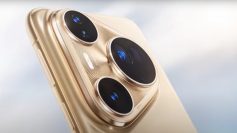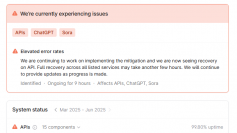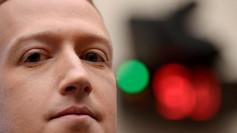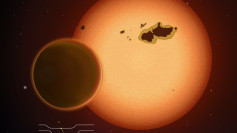Drones come in several names: Flying Mini Robots, Miniature Pilotless Aircraft, Unmanned Aerial Vehicles (UAVs), among others. Whichever way you call it, drones have reached a point of popularity in which even a regular person can have one.
But in terms of mass adoption and usage, drones are still in the infancy stage. And yet these little machines have already broken through rigid traditional barriers in industries once thought to be immune to such a technological innovation.
In recent years, drones have been utilized by governmental organizations and businesses. UAVs are now being used to scan unreachable military bases and even the simple tasks of making quick deliveries are now slowly being passed on to these flying robots.
Many have come to realize that drones have a lot to offer, such as resolving security issues, improving customer service and relations, refining accuracy, decreasing production and workload costs, and increasing productivity and efficiency. By adopting drone technology, many industries benefited from its scale of global reach.
UAVs, whether controlled via a smartphone app or a remote, can reach the most challenging of places requiring the least amount of energy, time, and effort. It requires very little to no manpower as well. These are the reasons why drones have become an integral part of the operations of various sectors, particularly in Commercial, Military, Personal, and Future Technology.
But where did the idea of drones originate? These pilotless aircraft have actually existed for quite a long time now, in fact, for more than two decades already. But their roots go a long way back -- when the United States and France worked on developing automatic, unmanned airplanes during World War I. But the last few years have been important for drone technology in terms of adoption, usage expansion, and global awareness.
From budding hobbyists to sensitive military operations, drone usage has expanded and is continually developing. Governments, commercial entities, and regular people have come to realize that UAVs have many uses, which include:
- Express shipping and delivery
- Aerial photography for hobbyists, filmmakers, and journalists
- Thermal sensor for search and rescue operations
- Supplying essentials and gathering information for disaster management
- Forecasting tornadoes and hurricanes, and storm tracking
- Geographical mapping of inaccessible locations and terrain
- Unmanned cargo transport
- Building safety inspections
- Precision crop monitoring
- Law enforcement and border control surveillance
Drones are the spectacular gifts of technology. Their expansion at large scale is inspiring almost all the countries to develop their drones for different applications. The uses of drones can expand in more ways we can imagine due to the multiple investments pouring into this promising industry every day.






